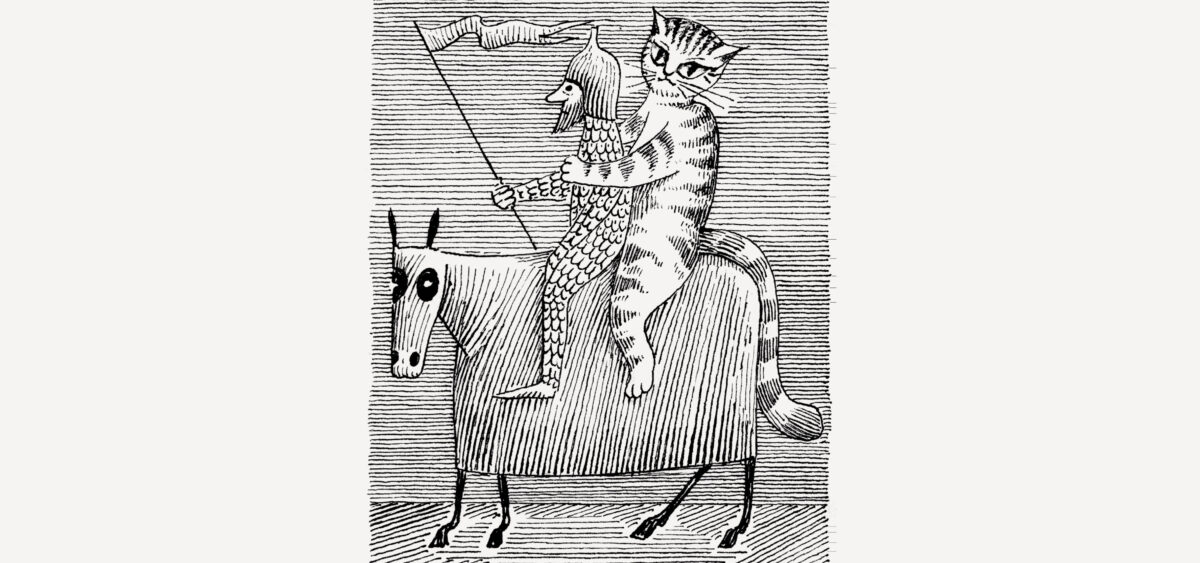
A few years ago at a petrol station, I saw a nice big picture across the entire wall with the caption ‘Arctic Alley’. Below the sign was a row of refrigerators, which would have made sense. That is, if it wasn’t for the fact that the lovely picture presented a flock of penguins. I heaved a sigh.
I have a confession to make here. I am generally a very calm person, but every time somebody confuses the Arctic with the Antarctic and puts a penguin next to a polar bear, well, it just makes my blood boil. Granted, I’m not being totally objective here. I’ve been working in the Antarctic for over 15 years and I’ve spent two winters there. I started as a biologist studying elephant seals, while for 10 years now, I’ve been regularly showing people both polar regions as a tour guide. I work on a ship, where I tell stories of the wild inhabitants and explain the history of the places visited. That’s why I think that it’s time to clear the fog of confusion cloaking the poles of our imagination. Because while it’s very cold both in the Arctic and in the Antarctic, in many ways they are two different worlds.
Trees Beneath Mushrooms
As we know, the Earth is a ball flying in the cosmos, therefore the concepts of ‘up’ and ‘down’ make no sense on a global scale. The rules of logic notwithstanding, it has become widely accepted that at the top of the globe we have the North Pole and all that white stuff surrounding it is called the Arctic. It’s basically a frozen ocean (the Arctic Ocean, the smallest and shallowest in the world) surrounded by the northern extremities of Asia, Europe and North America. This is where polar bears, walruses, reindeer, white wolves, Arctic foxes (or polar foxes), Arctic hares and lemmings live. It’s also home to the last remaining representatives of the Pleistocene megafauna, the muskoxen, which are probably wondering where their buddies from their evolutionary childhood – namely the woolly rhinoceros and the mammoth – disappeared to.

Swimming in the surrounding seas are narwhals, beluga whales








